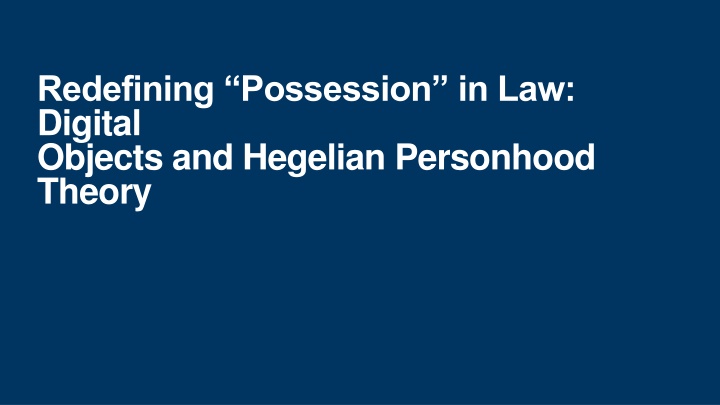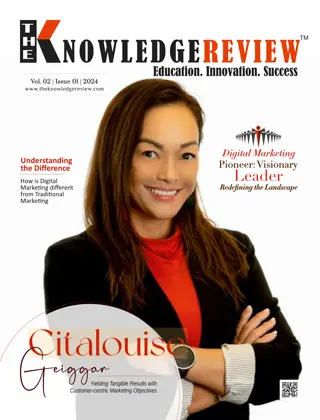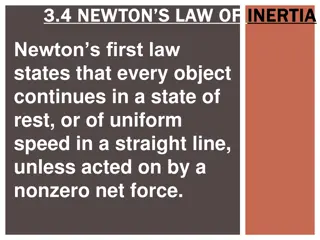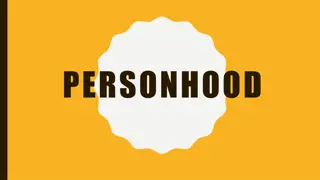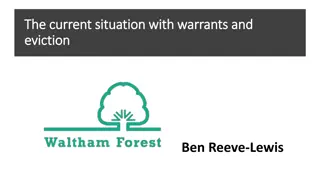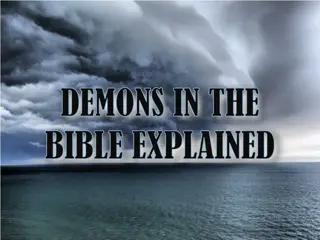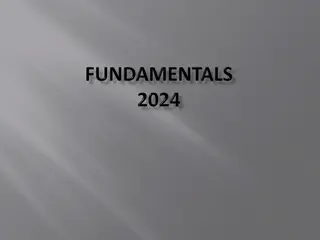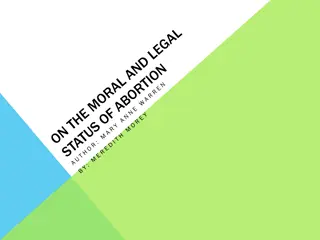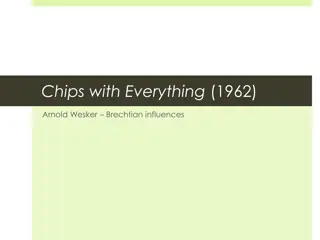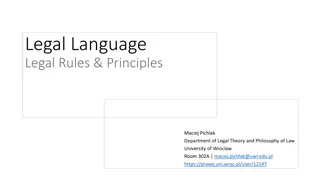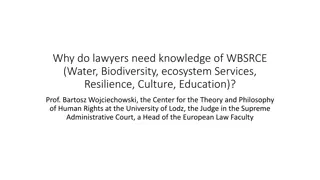Redefining Possession in Law: Digital Objects and Hegelian Personhood Theory
Redefining Possession in Law with a focus on digital assets and personhood theory, exploring the nuances of possession, types of property, and exercising rights in legal contexts. Delve into the implications of possession in the digital age and the challenges it presents.
Download Presentation

Please find below an Image/Link to download the presentation.
The content on the website is provided AS IS for your information and personal use only. It may not be sold, licensed, or shared on other websites without obtaining consent from the author.If you encounter any issues during the download, it is possible that the publisher has removed the file from their server.
You are allowed to download the files provided on this website for personal or commercial use, subject to the condition that they are used lawfully. All files are the property of their respective owners.
The content on the website is provided AS IS for your information and personal use only. It may not be sold, licensed, or shared on other websites without obtaining consent from the author.
E N D
Presentation Transcript
Redefining Possession in Law: Digital Objects and Hegelian Personhood Theory
Types of Property Chose in Possession - I.E Properties that we can actually, physically possess. Chose in Action - Properties that can only be recognised and enforced via a legal action. Why is this important?
Exercising Rights This distinction is critical when considering how rights can be enforced by their owners . A good example is in the realm of intermediated securities. Where an individual needs to hold property via a third party, intangibles must be held via trust. With trusts, the owner loses rights in their property to the trustee.
Wickeder [2013] EWCH 68 (Ch) In this case DNick Holdings was a company registered in England and listed in Germany whose shares were dematerialised and held through intermediaries, particularly BNY. Wickeder purchased 75% of the shares, allowing them to pass the special resolution to delist the company. Three minority shareholders (as together they only held about 6% of the shares) attempted to utilise s98 CA 2006 to reverse the decision to delist. But there were two problems: 1)They weren t counted as members as only those registered on the company books were shareholders (that was BNY); 2)You could only use s98 if you voted against the motions, but as BNY was the shareholder and they voted for it, s98 was not usable.
Wickeder (cont.) Clearly, this posses an issue. If we can only utilise trust for intangibles, then where does that leave other digital assets? Indeed, why can t bailment be used? Simply, this is down to possession of intangibles.
What is Possession? According to the law of England and Wales, possession requires: 1) An intention to possess (animus possidendi), and; 2) Actual possession (De Facto Possession) Intention is an easy one to rectify. Actual possession is where digital assets run into problems - bailment is limited only to tangibles!
What is Possession? (Cont.) The question that remains is whether we can demonstrate possession of an intangible? Perhaps not historically (how can you possess an action?) But what about electronic and digital assets? And if we can possess them, how can we show it? I argue there are two points to consider: showing control and considering the jurisprudence of property rights.
The Element of Control The concept of possession boils down to the ability to control access to the property by third parties. A great example in bailment is Ashby v Tolhurst [1937] 2 KB 242 (CA) In this case, control was shown by the possession of a car key. The possession of the car key allowed access to the property, and be default excluded access to other parties. Can this principle be transposed into digital property? (Hold that thought!)
Hegel and Mark-Making Jurisprudence of property rights Hegel was concerned with asserting property rights in order to promote each individual s free-will. Hence, his theory is known as the Personality Theory of Property . His work, The Philosophy of Right, outlines three ways that an individual can create property rights: grasping; forming, and; marking. Marking is critical here.
Hegel and Mark-Making Making a Mark Hegel suggests that, by marking the property, an individual infuses their will into it and represents their intended possessory claim. This is very much like a signature. In this respect, we could argue that a PIN works in the same way; as can we say putting our name into a piece of clothing. There is some representation of you put on a thing to mark it as your property.
Codes and Control Bringing the two strands together, what can we see? If we had a crypto-key for example, can we show control? We are excluding access to the assets from others (like in Ashby). As a result we can show control. We can also link this to a jurisprudential base in Hegel s mark making. If we can prove these elements, then can we have bailment of certain intangibles?
Digital Assets and the Future Law Commission of England and Wales Report. The Law Commission has mooted a new category of property known as Digital Assets These assets must be: composed of data; be independent of an individual, and; be rivalrous. It also addresses the concept of control, noting that the law is currently insufficiently nuanced to address market realities. I agree!
Redefining Possession This potential third category of property is potentially a good place to reconsider possession in respect of certain intangibles, particularly if we can redefine certain intangibles as specific data assets. Failing that, the law can redefine the concept of possession for certain assets with a mix of precedent, jurisprudence and creativity. I would also note that, while Hegelian Personality Theory has been utilised here, there are other jurisprudential arguments to support this idea including, inter alia, Lockean Property Theory, Utilitarianism and Posnerian Wealth Maximisation.
